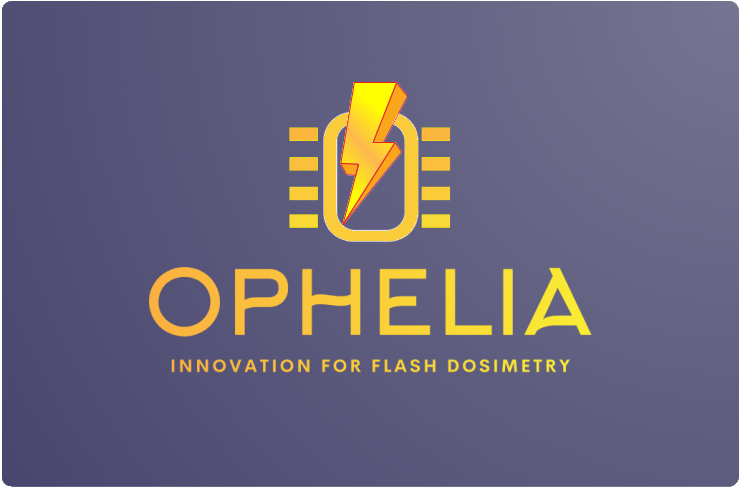The PI Stefano Salvatori is with the “Niccolò Cusano” University (CUS), which is an emerging reality in the field of application-oriented electronics (e.g., wearable electronics, front-end circuits for biomedical sensors), from the design to the fabrication and validation of fully-developed prototypes. Being an online university, the project will take advantage of the high-level dissemination means CUS have available. The PI has a strong experience in both the design and implementation of front-end/read-out electronics, as well as on detectors for ionizing radiation. He pioneered the investigation on synthetic diamond in 1995, working on its feasibility as a detector for UV radiation, and then he enriched his experience by extending his field of research to other innovative materials (e.g. gallium oxide, perovskites) for the detection of X-ray, electrons, and charged particles. In 2018, the PI started a scientific collaboration with the Radiation Therapy Department of the “San Giovanni-Addolorata” (SGA) Hospital in Rome, aimed at defining an accurate detection technique for dosimetry in radiotherapy. Very recently, he also started to collaborate with the Sordina IORT Technologies Spa (SIT) in Aprilia, leader in producing equipment for both IORT (Intra-Operative Radiotherapy) and FLASH technology.
The associated PI Maria Cristina Rossi is with the Industrial, Electronic and Mechanical Engineering Department (DIIEM) of Roma Tre University (RM3). Since 1991, her research interests have been focused on the investigation of structural, optical and electronic properties of amorphous materials (Si and related alloys) and polycrystalline diamond, employed for the development of functional devices, such us solar cells and radiation (UV and X-ray) detectors with conventional and innovative structures. From 2001 to 2005, her research focused on polycrystalline diamond for the development of radiotherapy dosimeters able to operate in clinical environments (European Project in the frame of FP5-GROWTH). Particularly, the research focused on the tailoring of bandgap defect states, acting as trapping and recombination centers and then affecting the electric properties of the active material under X-ray irradiation. Later on, her research interests have been extended to three terminal devices, including high-frequency/high power MESFET based on two-dimensional hole gas (2DHG) induced by the surface hydrogenation of CVD diamond. Currently she is involved in the characterization of three-dimensional structures, fabricated starting from single-crystal CVD diamond slabs.
The associated PI Marco Girolami is with the Institute of Structure of Matter (ISM) of CNR (CNR unit). He will join his 15-year experience in devices based on both diamond and wide bandgap materials, aimed at a complete development of the detectors, from the definition of electric contacts to the characterization. His research activity also includes structural and electronic characterization of semiconductors. In addition, since 2014 his research activity includes bulk and surface nanostructuring by femtosecond laser treatment of different materials, thus offering his long experience to the fabrication of the 3D devices proposed in OPHELIA.
The working group will include a Post-Doc researcher (with a Ph.D. in Electronics or Biomedical Engineering) specifically hired for the project. In particular, part of the CNR unit work will be performed at the FEMTOLAB facility of Tito Scalo section of CNR-ISM (Basilicata, Southern Italy) for the fabrication of 3D devices. The Post-Doc researcher will be specifically employed to mainly carry out this activity, with the supervision of the associated PI of CNR unit, Marco Girolami. The recruited researcher will also focus the activity on characterizing the diamond devices, under the guidance of the associated PI of RM3 unit, Maria Cristina Rossi.
Read more (Bando Rep 72_2023)
